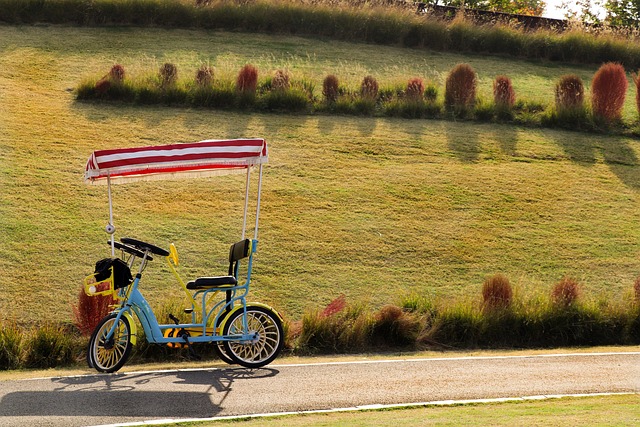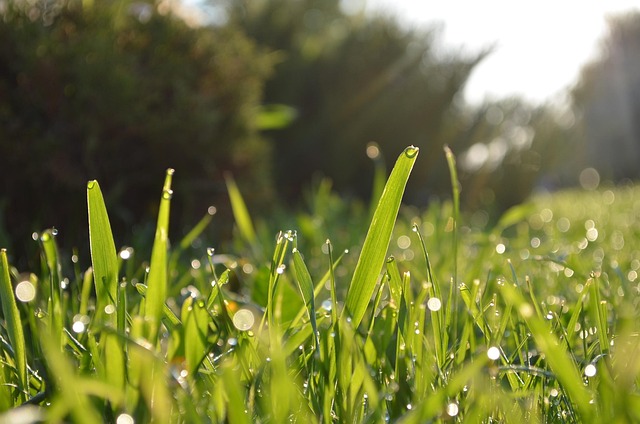Pipeline turf damage near Centennial is caused by powerful herbicides used for industrial weed control, impacting both weeds and desirable plants. Effective recovery treatments promote grass regeneration and resilience against future chemical exposures. Targeted "industrial weed control along pipelines near Centennial" mitigates issues, with strategies including tailored herbicidal treatments and spot treatment methods. Regular monitoring prevents infestations, safeguarding turfgrass and pipeline infrastructure. Revitalization techniques like aeration and top dressing improve soil health for robust recovery in challenging industrial settings.
Lawn plant turf often faces challenges, especially in areas near industrial pipelines, where weed growth can be relentless. Understanding the causes of pipeline turf damage is crucial for effective recovery. This article delves into the heart of the matter, offering insights on industrial weed control strategies specifically tailored to landscapes around Centennial. From identifying problem areas to implementing recovery techniques, these steps ensure healthy grass growth and maintain a vibrant landscape.
- Understanding Pipeline Turf Damage Causes
- Effective Industrial Weed Control Strategies
- Recovery Techniques for Healthy Grass Growth
Understanding Pipeline Turf Damage Causes

Pipeline turf damage is a common issue in areas near industrial sites, including those with active pipelines running through or adjacent to grassy landscapes and parks. The presence of pipelines can cause several problems for nearby turfgrass, leading to unsightly patches and overall poor vegetation health. One primary cause is the application of chemicals used for industrial weed control along these pipelines. These powerful herbicides can leach into the surrounding soil, affecting not just weeds but also desirable plants, including turfgrasses.
Centennial areas with high traffic and expansive green spaces are particularly vulnerable to such damage. The impact may result in a decline in turf density and overall quality, creating habitats for invasive species and increasing maintenance requirements. Understanding these causes is the first step toward implementing effective recovery treatments, ensuring that the turfgrass not only regenerates but also strengthens its resilience against future environmental stressors, including potential chemical exposures from industrial operations in Centennial.
Effective Industrial Weed Control Strategies

Maintaining a healthy lawn is an ongoing challenge, especially in industrial settings where weed growth can be rampant, particularly along pipelines. Effective industrial weed control strategies are essential for preserving the aesthetics and functionality of turf areas near Centennial. One key approach involves selecting appropriate herbicidal treatments tailored to the specific types of weeds prevalent in these locations.
For pipeline surroundings, a targeted, spot treatment method is often recommended. This involves applying specialized herbicides directly onto identified weeds, minimizing environmental impact and ensuring the safety of nearby vegetation. Additionally, regular monitoring and early detection play a crucial role in successful industrial weed control. By staying proactive, land managers can prevent weed infestations from spreading, thereby preserving the integrity of turfgrass and pipeline infrastructure alike.
Recovery Techniques for Healthy Grass Growth

Grass recovery techniques play a pivotal role in revitalizing lawn turf, especially in areas like industrial sites near Centennial where pipeline maintenance and construction can cause significant damage. Effective recovery starts with identifying the specific issues, which might include bare patches due to erosion or weed overgrowth. Implementing targeted strategies is key; for instance, applying specialized industrial weed control solutions along pipelines ensures that invasive species don’t compete for nutrients, allowing new grass growth.
After addressing weed concerns, revitalization techniques such as aeration and top dressing can improve soil structure and moisture retention, fostering a healthy environment for grass to thrive. These methods, combined with regular maintenance and monitoring, contribute to the overall health of the lawn turf, ensuring it recovers robustly and maintains its vibrancy, even in challenging industrial settings near Centennial.
When it comes to revitalizing lawn turf around sensitive areas like pipelines in Centennial, implementing effective industrial weed control strategies is key. By understanding the causes of pipeline turf damage and employing recovery techniques tailored for healthy grass growth, homeowners and maintenance professionals can restore these spaces. Remember that timely intervention and consistent care are essential to achieving a lush, vibrant landscape, especially in areas near Centennial’s vital infrastructure.
